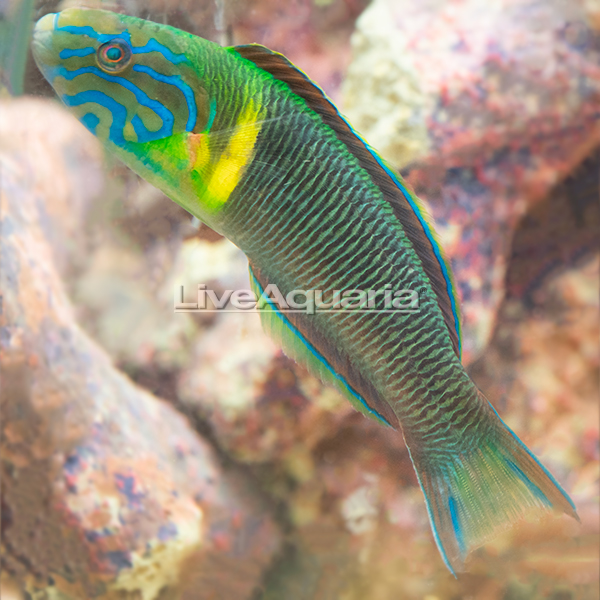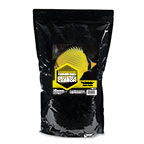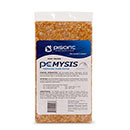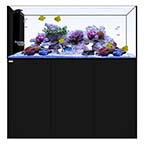
Quick Stats
What do these Quick Stats mean? Click here for more information
What do these Quick Stats mean? Click here for more information
Overview
Their aquarium should contain a lot of area for swimming, have a sandy substrate, and live rock that will supply them with places to hide and on which they will graze on microscopic foods between feedings. They won’t bother most corals but should not be housed with crustaceans. A tight fitting lid on the aquarium is necessary.
This member of the Labridae family will accept a variety of crustacean and other meaty foods formulated for marine fish.
Approximate shipping size: Small: 1" to 3"; Medium: 3” to 5”; Large: 5" to 8"









